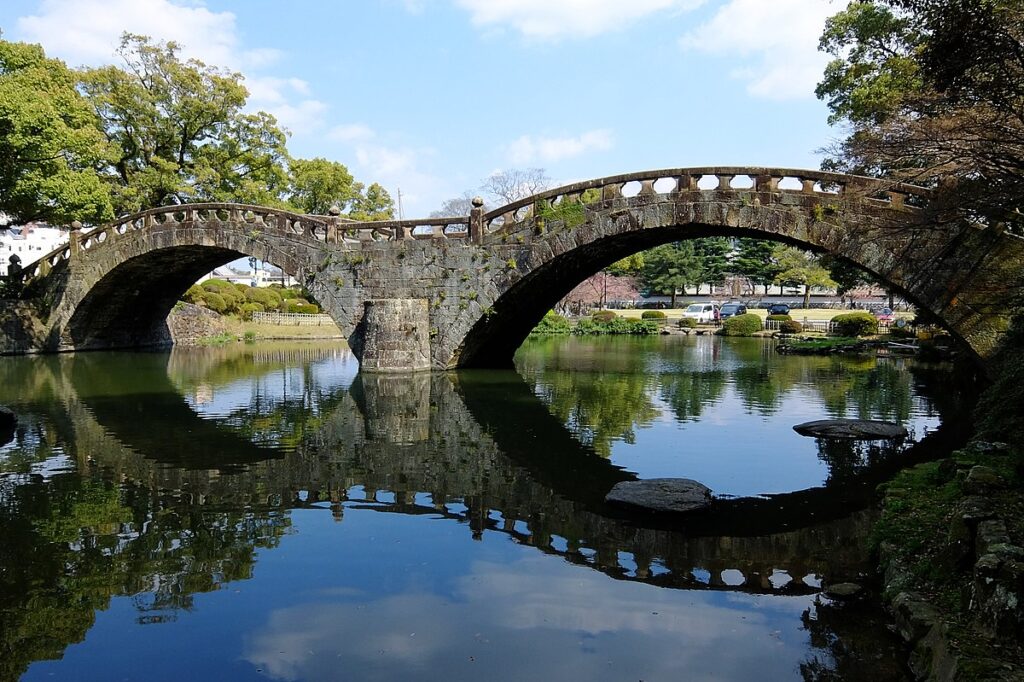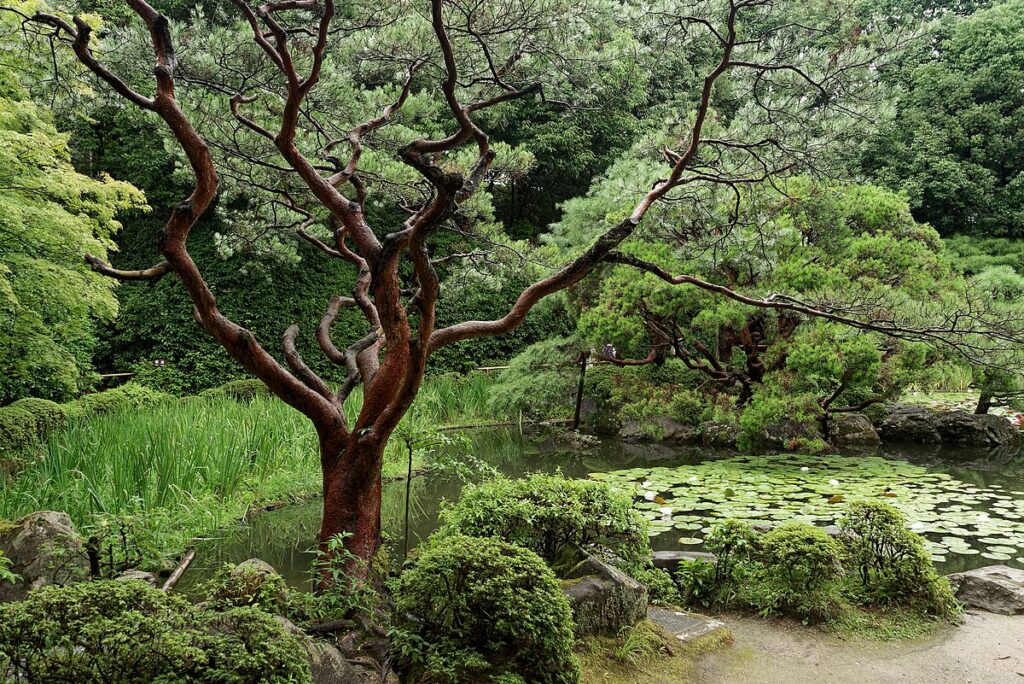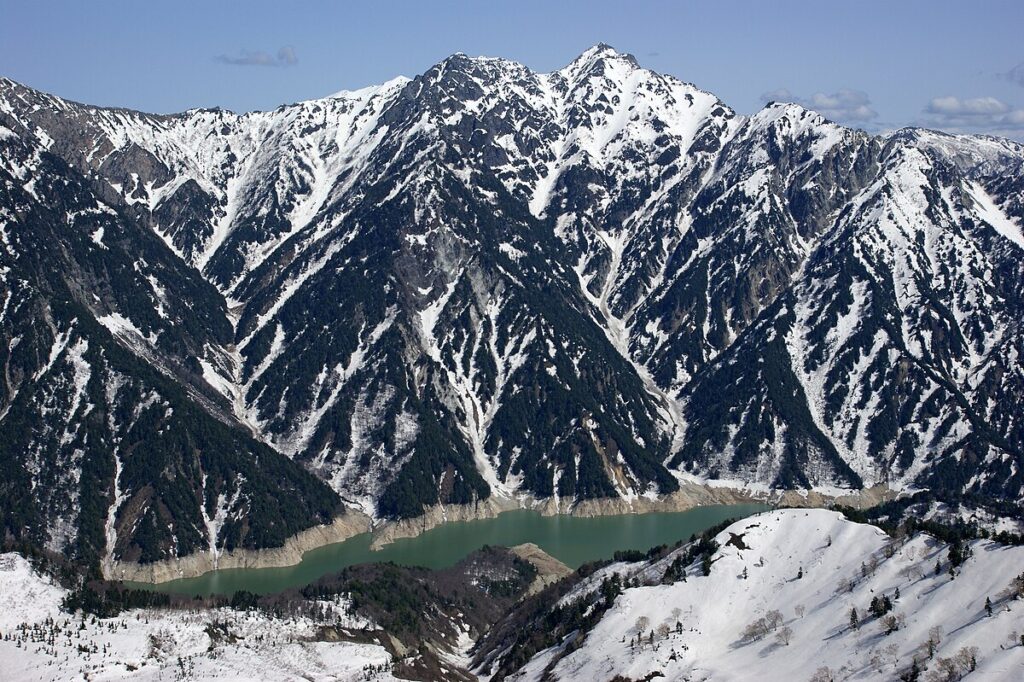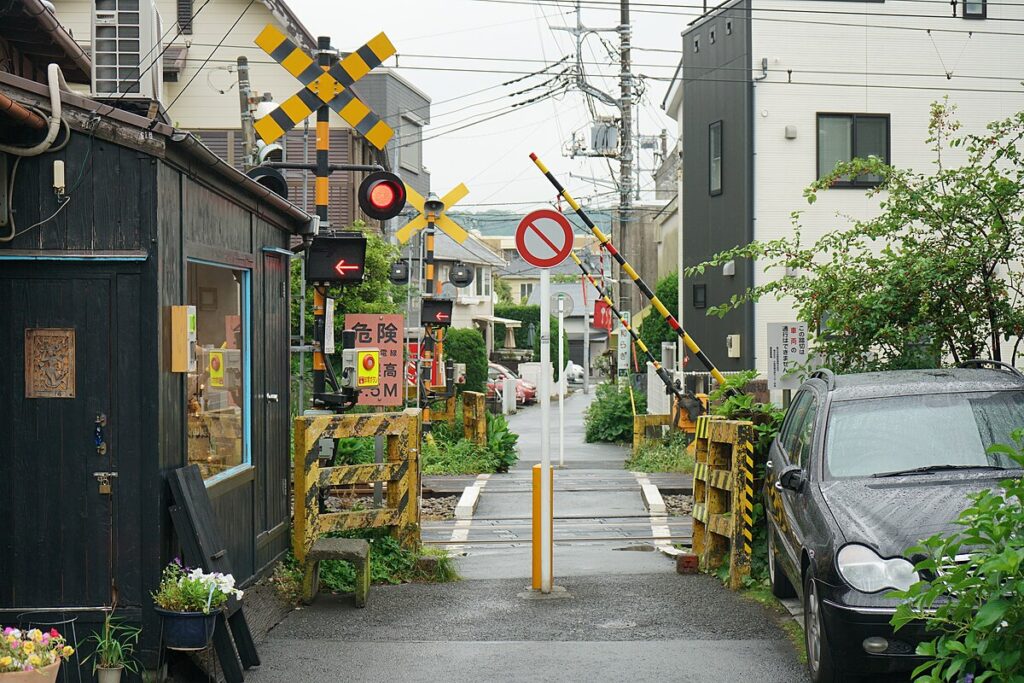-

Megane Bridge (Nagasaki City, Nagasaki Prefecture)
Overview (History, Features, and Attractions) Meganebashi Bridge is a stone arch bridge spanning the Nakajima River in Nagasaki City. It was named after the way the arches of the bridge and their reflections in the water resemble glasses. Built during the Edo period, it is one of the oldest stone bridges in Japan. -

Otani Museum (Utsunomiya City, Tochigi Prefecture)
Overview (History, Features, and Attractions) Oya Museum is an indoor museum located in Oyacho, Utsunomiya City, Tochigi Prefecture, utilizing the former Oya stone quarry. The museum preserves and opens to the public the underground space (quarry site) where Oya stone was once actively mined, and... -

Heian Shrine (Sakyo Ward, Kyoto City, Kyoto Prefecture)
Heian Shrine (Sakyo Ward, Kyoto City, Kyoto Prefecture) Overview (History, Features, and Attractions) Heian Shrine was founded in 1895 (Meiji 28) to commemorate the 1,100th anniversary of Kyoto becoming the capital of Japan in 794 (Enryaku 13), when the capital was established. The main hall and the large, vermilion-lacquered shrine building, reminiscent of the Chodoin and Otenmon Gate gates of the Heian period... -

Mount Hakodate (Hakodate City, Hokkaido)
Overview (History, Features, and Attractions) Mount Hakodate is a 334-meter-high mountain located south of the center of Hakodate City, Hokkaido. It is known for its panoramic views of Hakodate City, Hakodate Bay, and the Tsugaru Strait. The night view from the summit is considered one of Japan's three greatest night views, attracting many tourists from both within Japan and overseas. -

Okayama Korakuen Garden (Okayama City, Okayama Prefecture)
Overview (History, Features, and Attractions) Okayama Korakuen Garden is a representative Japanese garden located in Okayama City, Okayama Prefecture, and is considered one of Japan's three most famous gardens. Designed as a strolling garden with a pond as a feudal lord's garden during the Edo period, its alluring landscape, integrated with the castle town and Okayama Castle (Karasu Castle), is... -

Akashi Castle (Akashi City, Hyogo Prefecture)
Overview (History, Features, and Attractions) Akashi Castle is a castle ruin located in Akashi City, Hyogo Prefecture, and is currently maintained as the central historic site of Akashi Park. Built in the early Edo period (around 1619), it was a flatland castle that was considered important as a base for maritime traffic on the Seto Inland Sea and for the defense of Harima Province. -

Munakata Taisha Shrine (Munakata City, Fukuoka Prefecture)
Munakata Taisha Shrine (Munakata City, Fukuoka Prefecture) — Overview (History, Features, and Attractions) Munakata Taisha Shrine is an ancient shrine located in Munakata City, Fukuoka Prefecture, dedicated to the Three Munakata Goddesses, who are in charge of protecting maritime traffic. Since ancient times, it has been the center of faith for prayers for safe maritime traffic and navigation... -

Daikanbo (Minamiaso Village, Aso District, Kumamoto Prefecture)
Overview (History, Features, and Attractions) Daikanbo is a representative observation point on the Aso outer rim, located on the border between Minamiaso Village and Aso City in Kumamoto Prefecture's Aso District. Its greatest attraction is the magnificent panoramic view of the five peaks of Aso and the vast caldera basin, and it has long been a popular scenic spot. On clear days... -

Takaoka Great Buddha (Takaoka City, Toyama Prefecture).
概要(歴史・特徴・魅力) 高岡大仏(たかおかだいぶつ)は、富山県高岡市中心部にある青銅製の大仏像で、地元の鋳物技術を背景に作られた市の象徴的存在です。一般に奈良・鎌倉の大仏と並び「日本三大仏」の一つに数えられることがあり(諸説あり)、その... -

横手のかまくら(秋田県横手市)
概要(歴史・特徴・魅力) 横手のかまくらは、秋田県横手市で毎年冬に行われる伝統的な雪の行事です。かまくらは雪で作った小さな円形の雪室(かまくら)で、中には水神様を祀るお堂が設けられ、子どもたちに甘酒や餅を振る舞う風習があります。起源は江戸...






